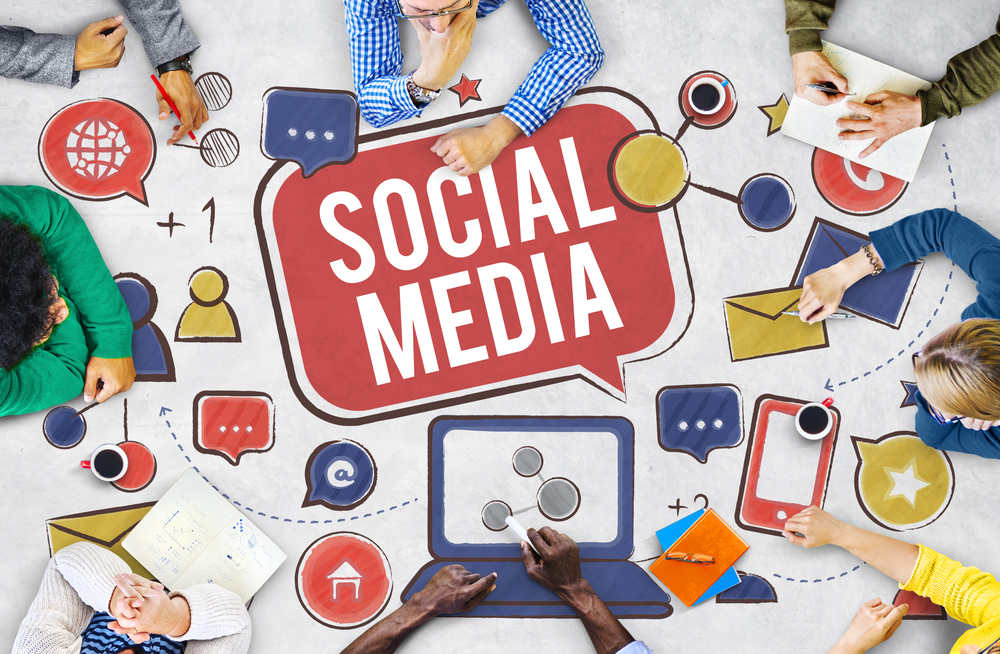08 May Social Media’s Impact and BWD’s Insights.
Where and how did it all begin?
The earliest forms of advertising included simple signs that merchants put over their doors to inform the public about what was for sale inside. Posters, pamphlets, and handbills began appearing in England following the invention of movable type in Germany around 1450. Advertising became a part of newspapers when they first appeared in England in the seventeenth century and in America at the beginning of the eighteenth century. Magazine advertising followed in the early nineteenth century.
Things tremendously changed in the mid 2000s with the introduction of the internet and social media. Brands no longer had to rely on print, radio, and television, and have found a quick and easier way to interact with consumers. But the big question they had to ask themselves was, ‘will this new approach work?’, they didn’t know back then. It was a risk for them to try this approach, but they eventually did.
How did it work out?
Well it’s safe to say that the number of social media users dictates the placement of an advertisement on social media platforms. The more users the platform has, the better for the brand. Facebook remains the most popular platform in the country, with almost 30% of the population now connected. South Africa has 16 million users of Facebook right now, with 14 million people having access to the site on mobile devices.
Local Twitter numbers grew marginally between 2016 and 2017. Today, Twitter numbers are sitting on 7.7 million. Tweeting in South Africa continues throughout the week, with Thursday being the most popular day. Twitter users are most active in the morning between 8am and 9am, with a small peak again in the evenings at around 6pm.
Instagram has also seen significant growth, with its South African user numbers up to 8.5% to 3,8 million users, however this is significantly slower than previous years, where local growth was in the double, or even triple digits. An Instagram page for the brand would work in their favour in a sense that most people are on Instagram nowadays and it will be easier for them to increase their market.
Go to any platform and count how many adverts are there on each platform, that will confirm that these stats do not lie. These numbers have continued to rise over the years with advertisers now feeling more comfortable with advertising on all these platforms. Today, a lot of advertisers rely on social media to get their products to the market, and the most relieving part is that it’s not that expensive.
Social Media Pages
Advertisers were looking for a new way of sending information quickly to users at any given time. Facebook made it easier for advertisers by creating Facebook pages. Advertisers would then create pages for their products with an option for users to like or subscribe and read more information about the products their advertising or gain first preference to new product lines. Other advertisers joined the ship but still, it wasn’t enough to get more consumers. They needed other angles.
Social Media Influencers
Now the years have gone and social media numbers increased, resulting in more advertisers joining and using social media to advertise brands and products. Now this resulted in a lot of competition amongst advertisers. Advertisers had to come up with strategies to attract more consumers. So with social media users posting more of themselves and receiving positive feedback and likes from other social media users, advertisers found a way to capitalize on that. This is how influencer marketing was born.
Say for instance you have a huge impact and following on social media. Advertisers approach you with aid of increasing more followers for you and in return increase more revenue for them. What would happen is advertisers would sponsor the individual with products and post him/herself using the products, influencing other users to try the products.
The idea of one brave advertiser using a well known individual to advertise products and brands was genius and resulted in plenty of revenue for the advertiser, to such an extent that other advertisers joined the frame.
The Future
The future looks bright for social media advertising. We now have kids as young as 15 years, and adults above 45 years using social media. We have seen a whole lot of influencers coming up over the years and that has also increased the number of social media users, which made it easy for advertisers to advertise to a wider market. I believe that ten years from now, social media advertising will have a huge impact on the advertising industry worldwide, and also have more younger kids than 15 years using social media.




